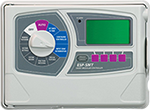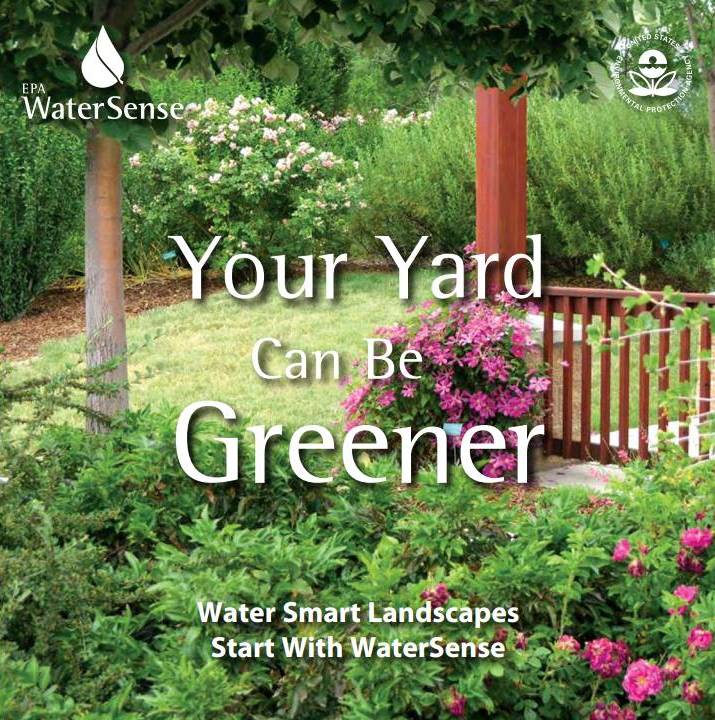Water-Saving Technologies
In addition to following simple steps to watering wisely, using water-efficient technologies can make a big difference in keeping your home irrigation system running efficiently without a lot of effort on your part.

WaterSense Labeled Irrigation Controllers
WaterSense labels weather-based irrigation controllers, a type of "smart" irrigation control technology that uses local weather data to determine when and how much to water. WaterSense labeled irrigation controllers can save you water, time, and money when compared to standard models.
Soil Moisture Sensors
Soil moisture–based control technologies water plants based on their needs by measuring the amount of moisture in the soil and tailoring the irrigation schedule accordingly. WaterSense has issued a Notice of Intent to label soil moisture–based control technologies.
Rainfall Shutoff Devices
Rainfall shutoff devices turn off your system in rainy weather and help compensate for natural rainfall. This inexpensive device can be retrofitted to almost any system.
Rain sensors
Rain sensors can help decrease water wasted in the landscape by turning off the irrigation system when it is raining.
Sprinkler Heads
Certain types of sprinkler heads apply water more efficiently than others. Rotary spray heads deliver water in a thicker stream than mist spray heads, ensuring more water reaches plants and less is lost to evaporation and wind. WaterSense has issued a Notice of Intent to label landscape irrigation sprinklers.
Micro-Irrigation
Micro–irrigation or drip systems are generally more efficient than conventional sprinklers, because they deliver low volumes of water directly to plants' roots, minimizing losses to wind, runoff, evaporation, or overspray Drip irrigations systems use 20 to 50 percent less water than conventional pop-up sprinkler systems and can save up to 30,000 gallons per year. Consider installing drip around trees, shrubs, and gardens in place of a conventional sprinkler system. For more information on drip systems or micro-irrigation, see this video![]() on drip irrigation installation from our partners at Cascade Water Alliance.
on drip irrigation installation from our partners at Cascade Water Alliance.
To find out what options are best for updating your irrigation system, consult an irrigation professional certified by a WaterSense labeled program.





